Panasonic Lumix S 100-500mm F5-7.1 O.I.S: one-minute review
The Lumix S 100-500mm F5-7.1 O.I.S is Panasonic's first ultra-telephoto zoom lens for the L-mount system, and an exciting prospect for photographers and videographers looking to shoot subjects at a medium to far distance.
As someone who has occasionally dabbled in wildlife, sports and live music photography, I was keen to see what this lens could do paired up with a Lumix S camera, and a couple of weeks of use left me very impressed.
Given its zoom range, the lens is relatively lightweight and compact, and feels reassuringly solid and well constructed. It's splash-proof and dust-proof, so I had no qualms about using it in inclement weather, and it comes with a lens hood to block unwanted sunlight and give the front element extra protection. It's also supplied with a (removeable) mount to ensure proper balance when it's mounted on a tripod.
Panasonic has lavished the lens with some premium features, most notably dual-ball optical image stabilization (OIS). The company says this offers up to 7 stops of compensation, and with the lens attached to a Lumix S1R II camera I found that it was entirely possibly to shoot at 500mm handheld and achieve consistently sharp stills and video. The OIS ensured the frame barely moved in the viewfinder, suggesting some very impressive work being done by the system.
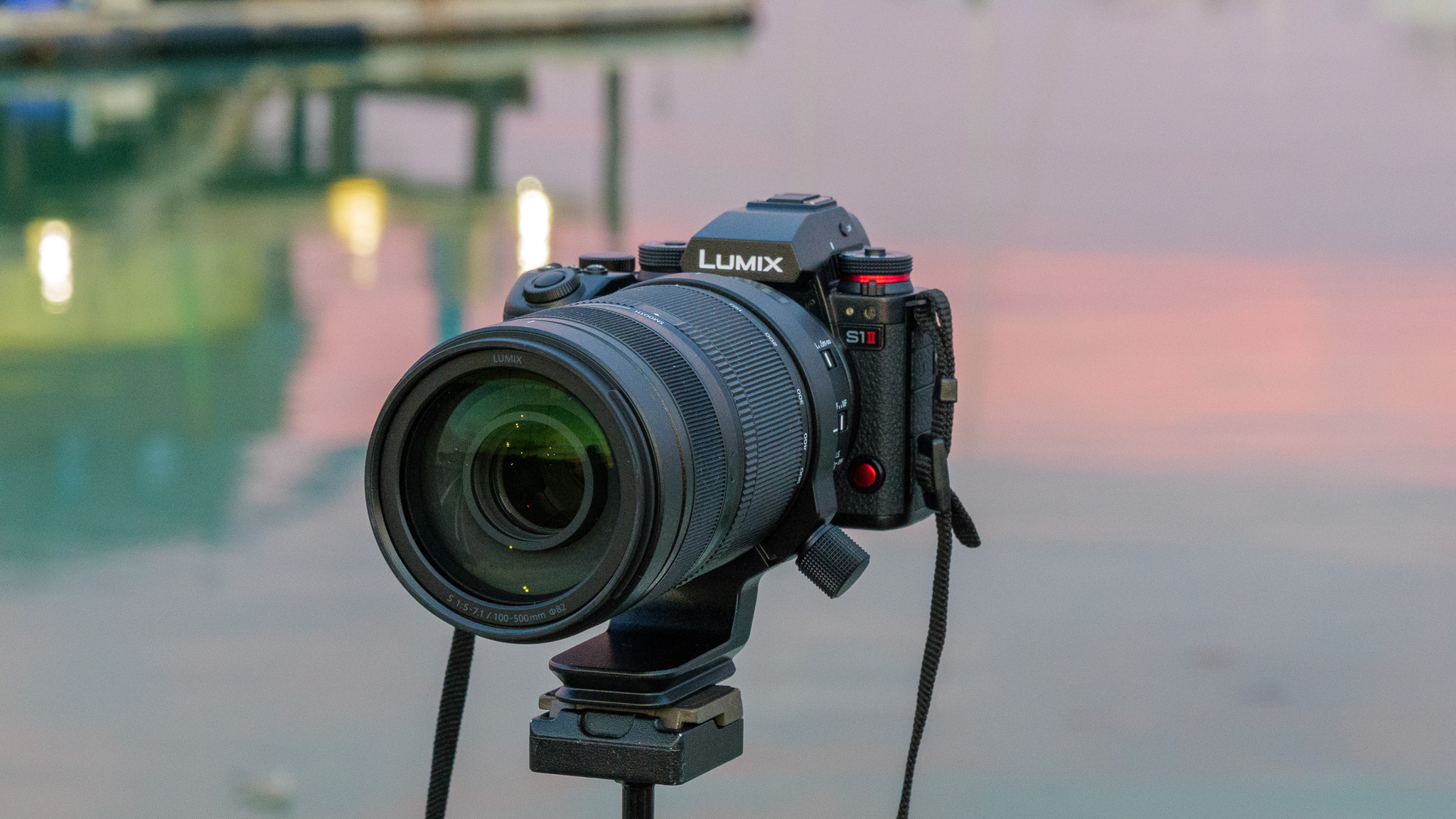
Other key features include some useful external controls, including a Tight-Smooth ring to adjust tension while zooming – something videographers might find very handy – and a customizable focus ring and button.
Performance is very strong across the full 100-500mm range, although the maximum aperture of f/5 (at the widest end) to f/7.1 (at 500mm) may be a little slow for some users. I found I was still able to grab sharp shots at 500mm in lower light conditions with the help of the OIS, but there are faster ultra-telephotos available.
The lens' optics are excellent, with good sharpness even when shooting wide open, no noticeable vignetting, and purple/green fringing kept well under control.
Overall, the Panasonic Lumix S 100-500mm F5-7.1 O.I.S is a fantastic lens for any L-mount camera user who wants to shoot distant subjects with ease and at high quality. There are cheaper alternatives out there, but they're heavier – and I strongly suspect this lens outperforms them thanks to its excellent optics and OIS.
Panasonic Lumix S 100-500mm F5-7.1 O.I.S: price
- Priced at $2,099 / £1,799 / AU$3,699
- Lens hood and tripod mount included
- Available from October 2025
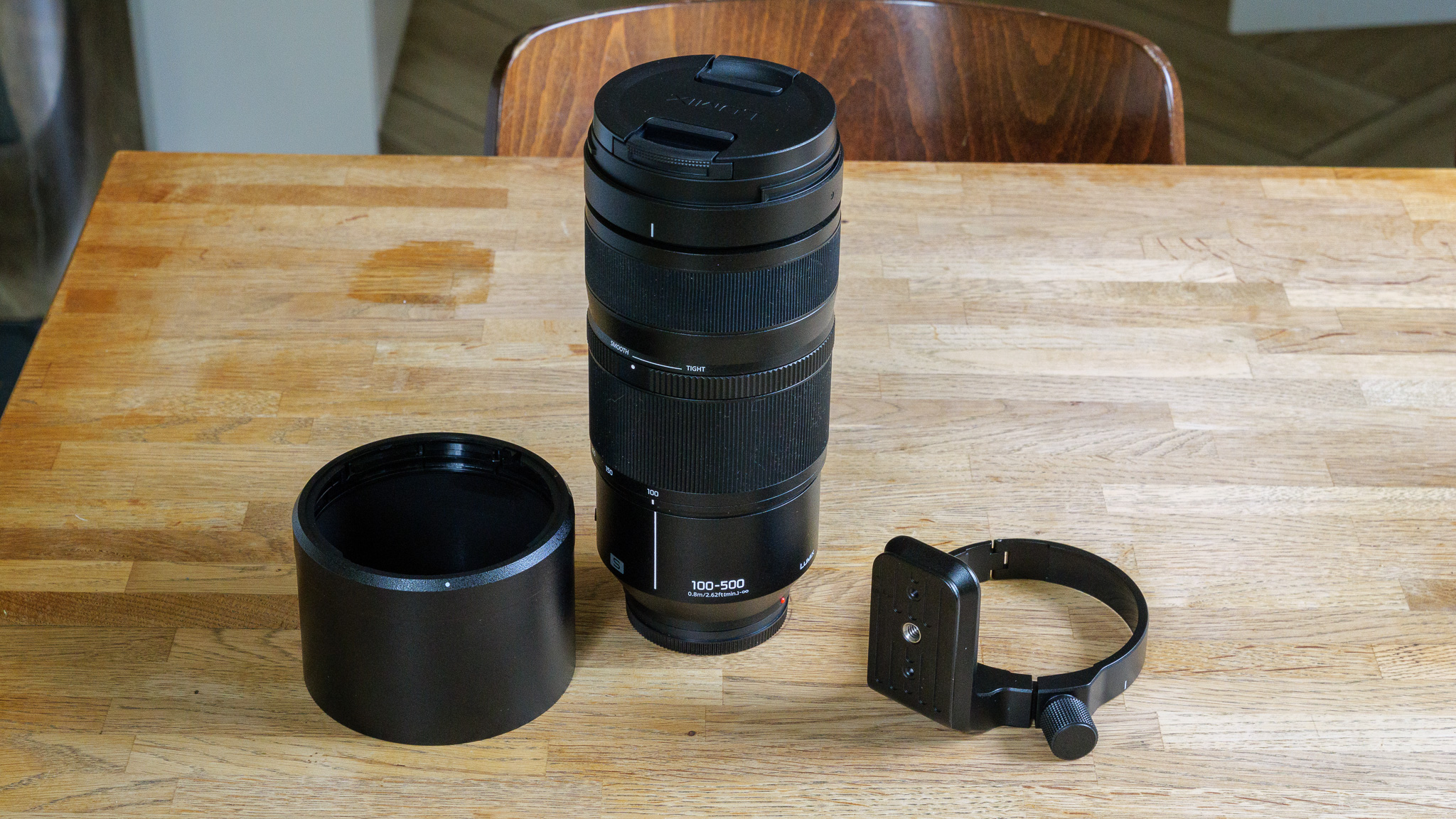
The Panasonic Lumix S 100-500mm F5-7.1 O.I.S costs $2,099 / £1,799 / AU$3,699, and is available from October 2025 (November in Australia). The package includes a removable tripod mount and lens hood, but no storage bag.
Those operating on a tight budget might baulk at the price, but you're getting a lot of lens for the money. Not only is it designed for full-frame cameras, weatherproof, and equipped with a very effective OIS setup, it's also Panasonic's first ever ultra-telephoto zoom for the L-mount system; and it's not like Lumix S shooters have a lot of alternative choices out there, especially in such a compact package. Sigma offers some competitors in its 150-600mm F5-6.3 and 60-600mm F4.5-6.3, but both lenses are much larger and heavier.
Panasonic Lumix S 100-500mm F5-7.1 O.I.S specs
Swipe to scroll horizontally
Type: | Ultra-telephoto zoom |
Mount: | L-mount |
Sensor: | Full-frame |
Focal length: | 100-500mm |
Max aperture: | F5-7.1 |
Minimum focus: | 2.62ft / 0.8m to 4.92ft / 1.5m |
Filter size: | 82mm |
Dimensions: | 7.72 x 3.62 inches / 196.1 x 92mm (excl. tripod mount) |
Weight: | 2.83lb / 1.285kg |
Panasonic Lumix S 100-500mm F5-7.1 O.I.S: Design
- Lightweight and compact for its range
- Splash-proof and dust-proof
- Tight-Smooth zoom ring
If you're used to wide-angle and standard zooms, the Panasonic Lumix S 100-500mm F5-7.1 O.I.S will feel like a big and heavy lens, but given its focal length range it's actually fairly compact, at just 196.1mm long when set to 100mm, and lightweight at 1,285g.
To aid with balance when it's mounted on a tripod, Panasonic has thoughtfully included a metal tripod ring. This clasps around the barrel, can be rotated if you want to shoot in portrait orientation, and can be completely removed if you're shooting handheld and want to keep bulk and weight to a minimum.
The lens is built to premium standards, with very little play or flex in any of the plastic or metal elements. Panasonic calls it splash-proof and dust-proof, so it's usable in drizzle and light rain, and perhaps even worse conditions.
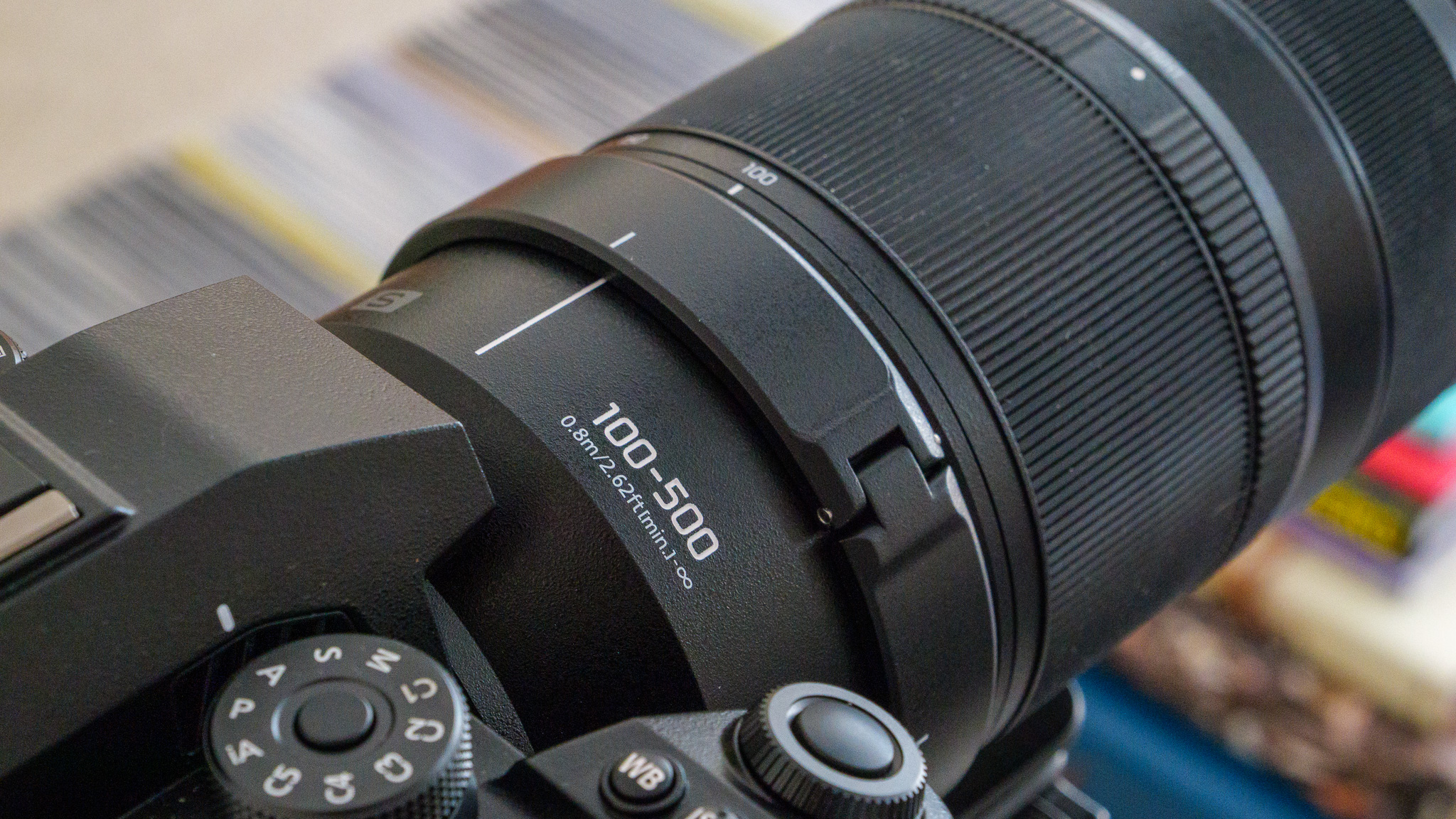
Panasonic has included switches to limit focus distance (it can be set to Full, or 5m to infinity), switch between auto and manual focus, and toggle between OIS modes. The focus ring and focus button can also be customized to various functions, at least when the lens is attached to a Panasonic camera.
Perhaps its most noteworthy design feature, though, is the Tight-Smooth ring, which allows the user to make fine adjustments to the resistance of the zoom ring. Videographers who want to zoom while rolling might find this very useful indeed, but I would say personally I found the difference between the tightest and smoothest settings fairly minimal. Then again, I was mostly shooting still photos, so perhaps I'm not the target user here.
Panasonic Lumix S 100-500mm F5-7.1 O.I.S: Performance
- Stabilisation to 7EV compensation
- Silent, fast autofocus
- Max aperture of f/5 to f/7.1
The lens performs to excellent standards across the board, although I should address its potential Achilles heel early on: with a maximum aperture of f/5 to f/7.1, it's not the fastest zoom around. That said, I never found it particularly slow in use, even when shooting in twilight conditions; and increasing the aperture size might have resulted in this being a much more expensive, larger and heavier piece of glass, of course.
The lens is optically excellent, and exhibits no vignetting at 100mm, which I'd expect, but even shooting wide open its sharpness is superb. Those f/5 to f/7.1 settings are, in other words, completely usable if needed – although pixel peeping I can see a slight increase in sharpness when reducing the aperture by a couple of stops.

The image stabilization is a massive help with low-light and handheld shooting, because those extra stops of motion compensation really help when longer shutter speeds are required. I could even shoot video handheld at 500mm with no real issues, and the silent autofocus worked swiftly and accurately throughout, all without being picked up on mic.
The lens has quite a short minimum focus distance of 0.8m at the wide end and 1.5m at the tele end, which allowed me to shoot subjects fairly close up with impressive detail. This is not a macro lens by any means, but use it carefully and you can grab very sharp and detail-rich images of smaller subjects.
Bokeh is smooth and attractive, thanks to the circular aperture diaphragm, and Panasonic has taken steps to eliminate focus breathing in video shooting. Overall, I was hugely impressed by what this lens could do, and if I was a regular wildlife or sports photographer I would be very tempted to add it to my collection.
Should you buy the Panasonic Lumix S 100-500mm F5-7.1 O.I.S?
Buy it if...
You want a versatile ultra-telephoto
The huge focal length range of this lens makes it suitable for a range of jobs, from sports and wildlife to candid portraiture and even some landscape shooting.
You shoot handheld
Not only is this lens lightweight and compact for its range, it's also packing truly excellent OIS tech to aid stability during handheld shooting.
Don't buy it if...
You prefer a fast telephoto
While it's usable in low-light situations thanks to its OIS, this lens isn't particularly fast in terms of its maximum aperture.
You're on a tight budget
While the price doesn't feel excessive, there are cheaper L-mount options available from Sigma – but they're significantly heavier and less portable.
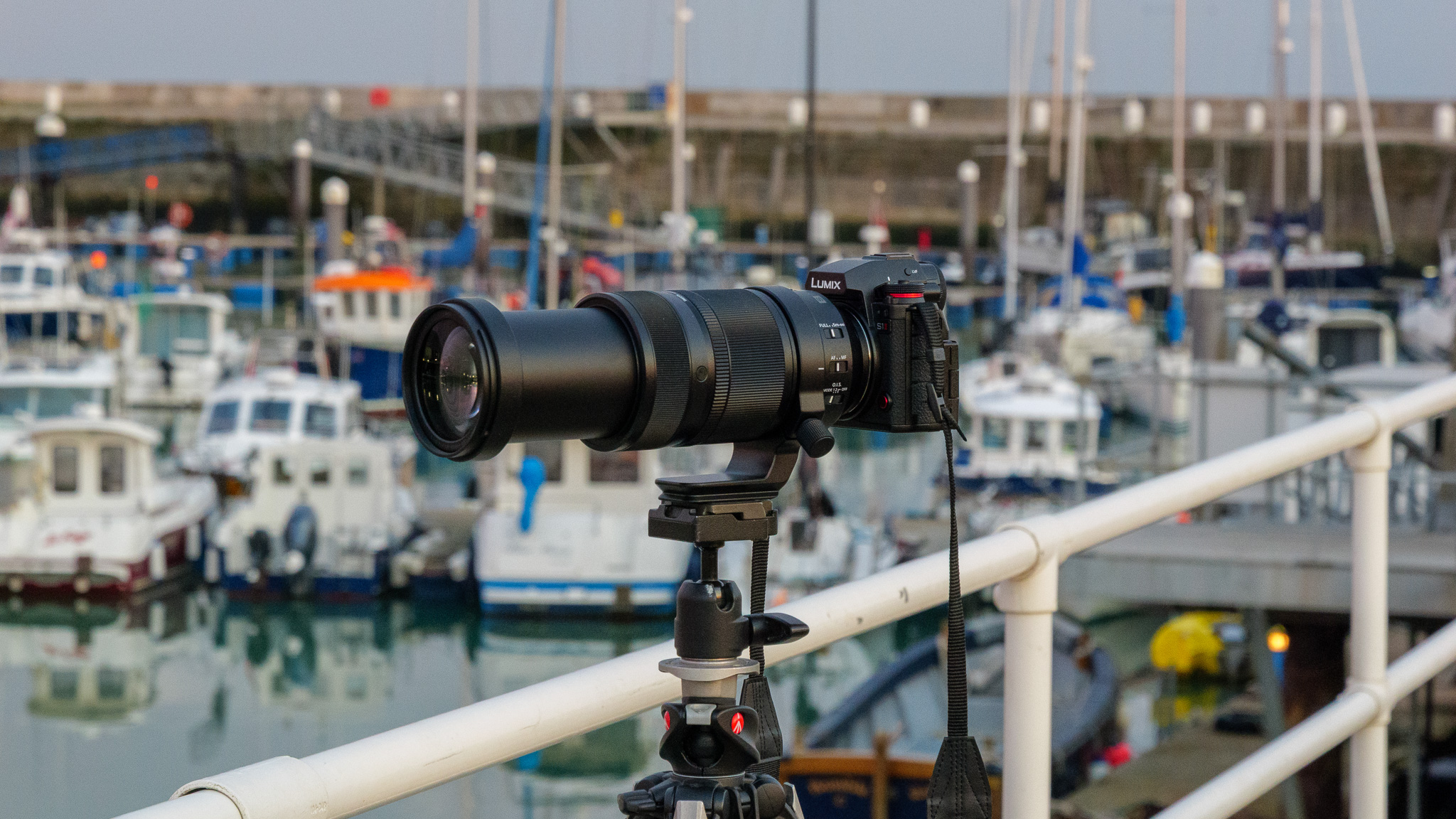
How I tested the Panasonic Lumix S 100-500mm F5-7.1 O.I.S
- I tested it over two weeks
- I shot wildlife, candids and landscape
- I mounted the lens on a Panasonic Lumix S1R II
I spent two weeks shooting with the Panasonic Lumix S 100-500mm F5-7.1 O.I.S, which I attached to a Panasonic Lumix S1R II. I shot images and video clips of wildlife, people and landscapes at various focal lengths, used the lens handheld and mounted on a tripod, and tested it in different lighting conditions and at different times of day.
All the sample images you see above have been shot in raw format, imported to my MacBook Air and adjusted in Adobe Lightroom. Note that they'e not presented at their original resolution, as the file sizes would be far too large.
- First reviewed October 2025

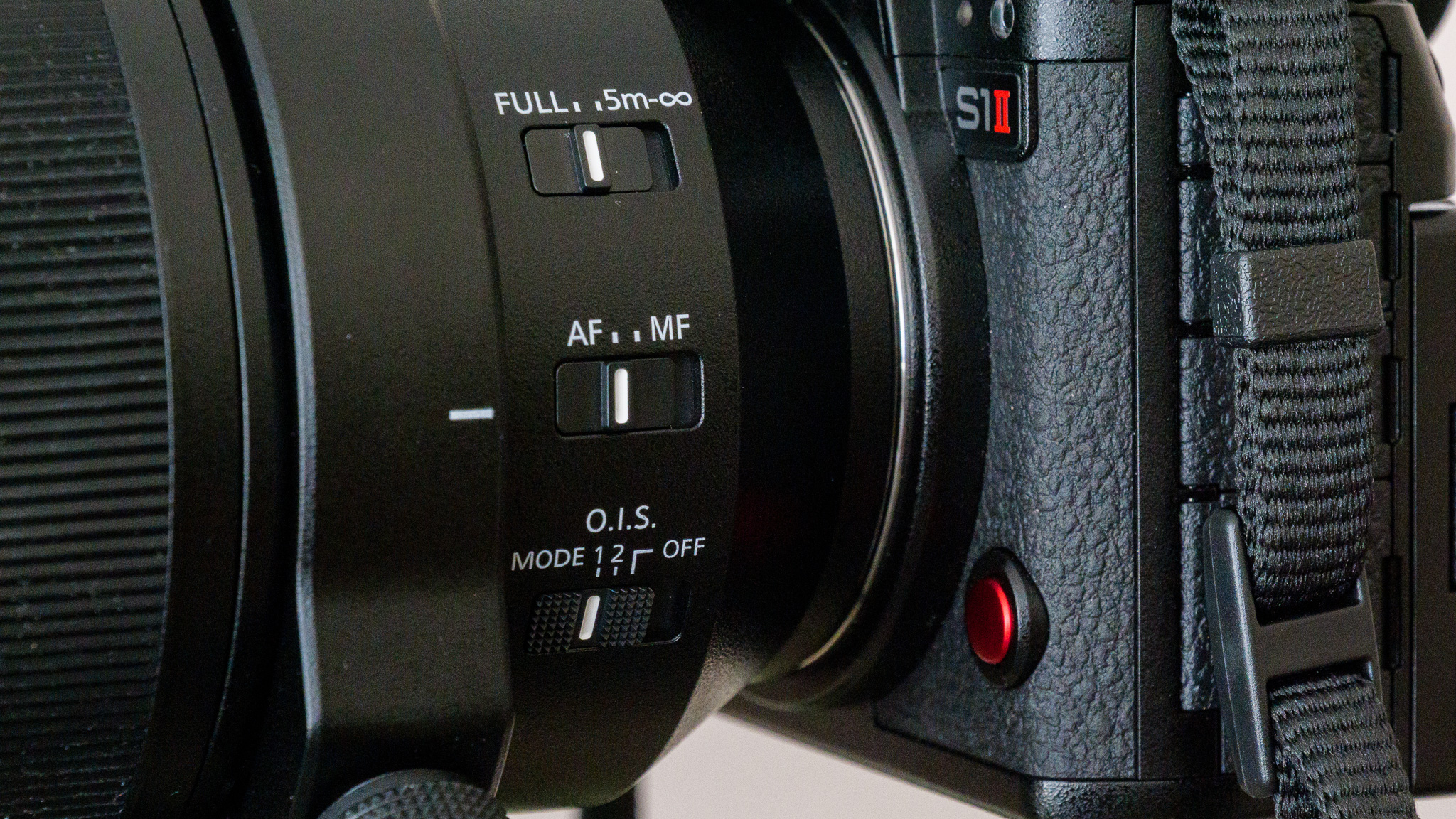
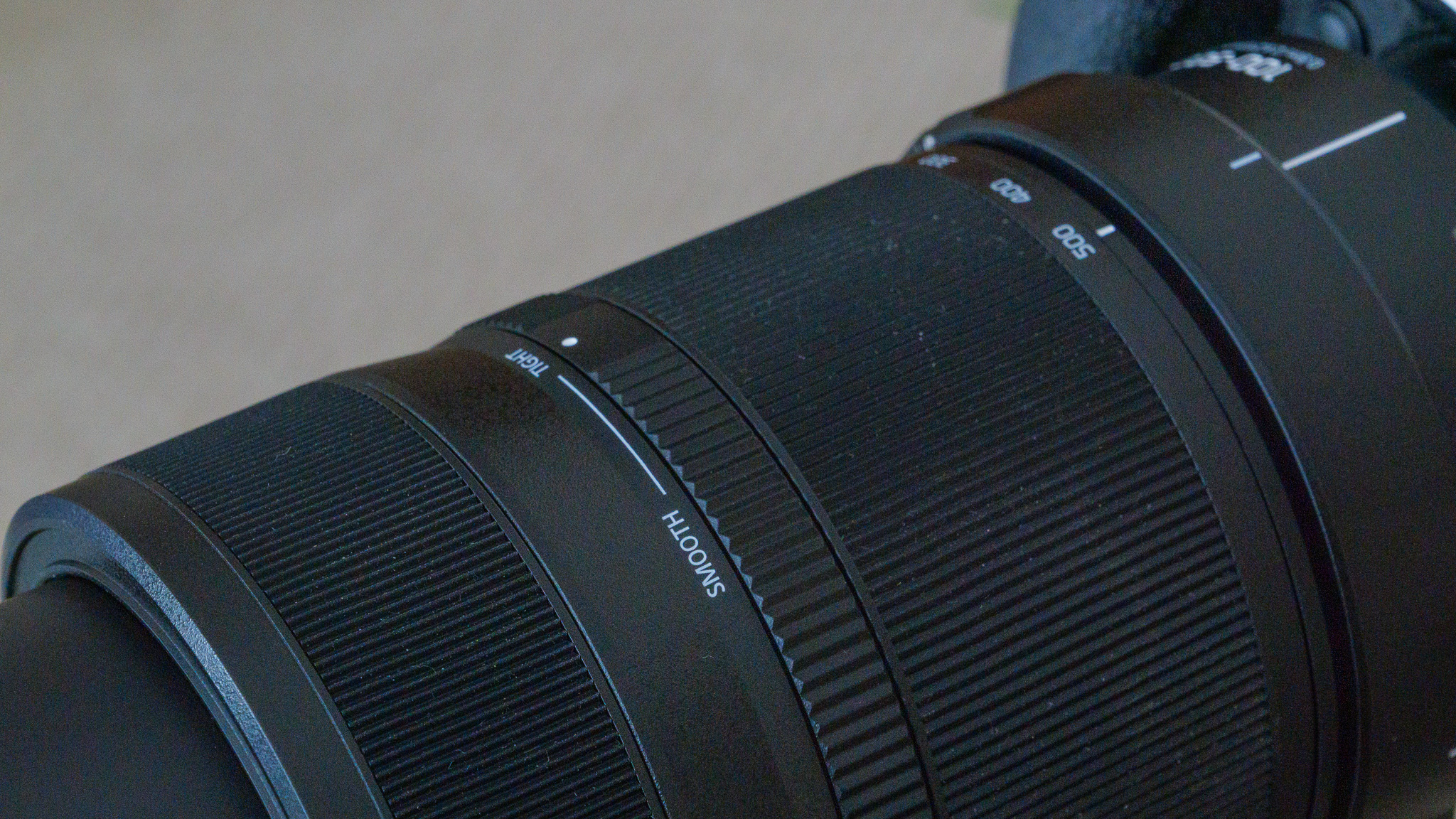










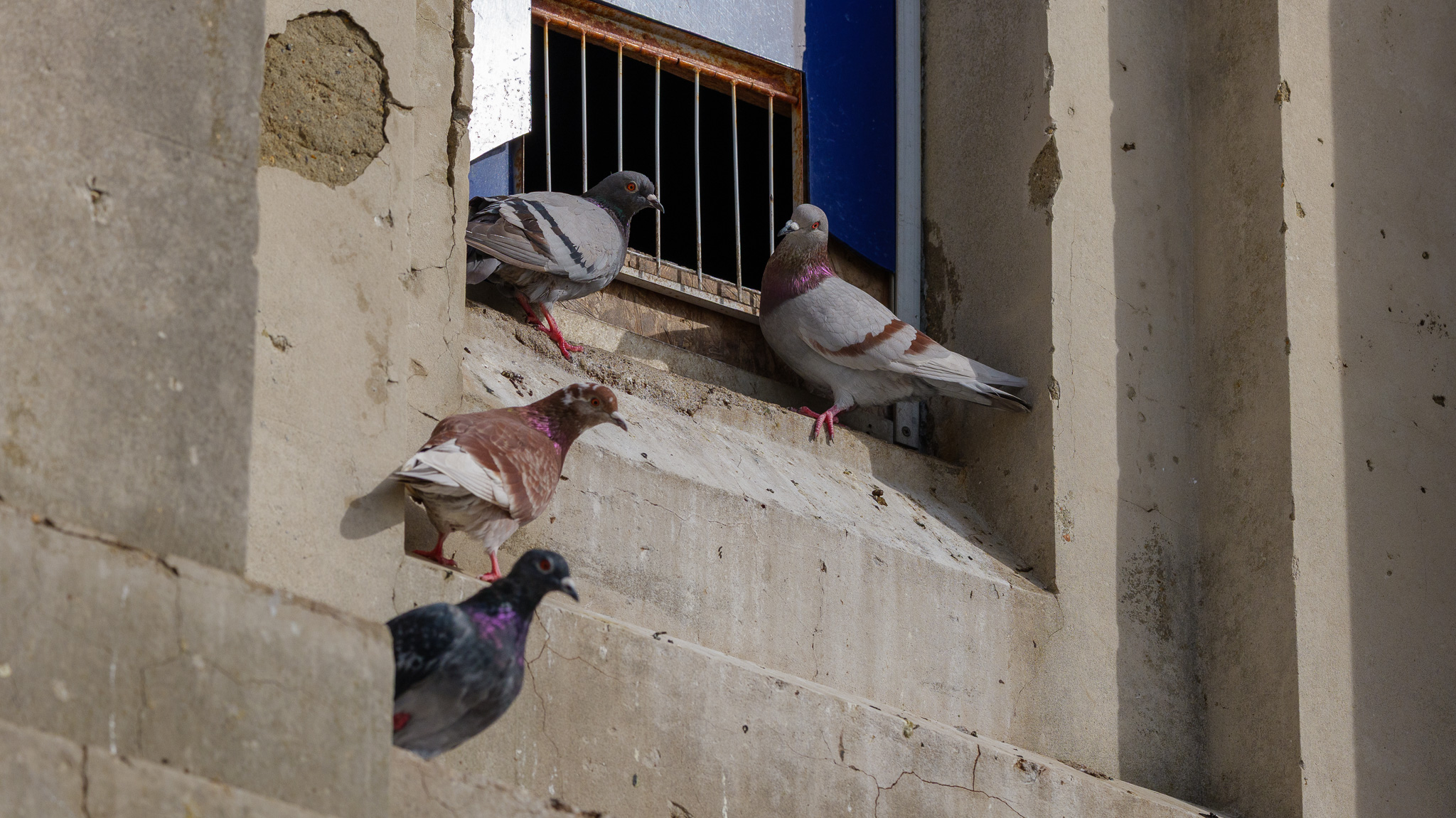
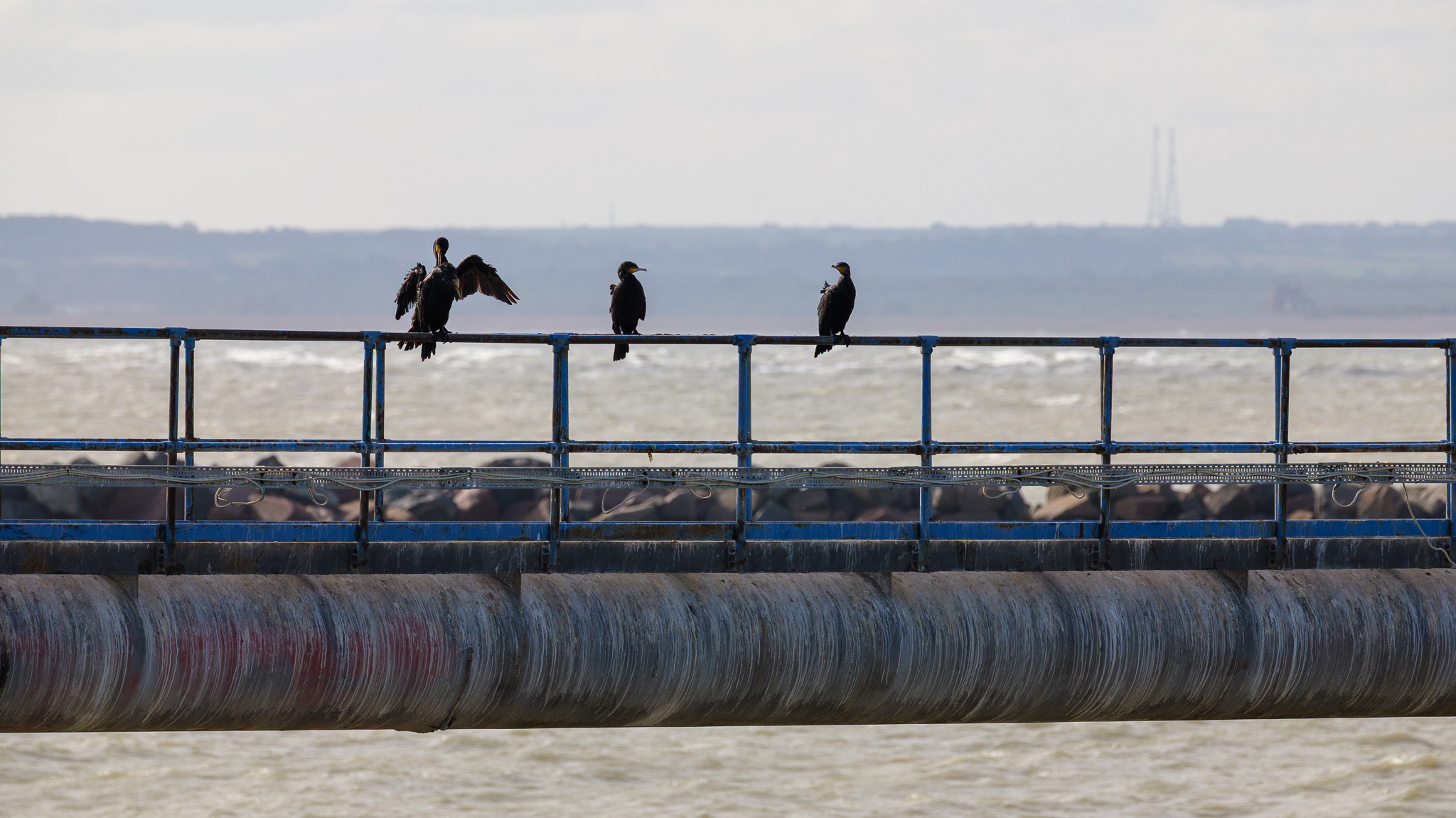
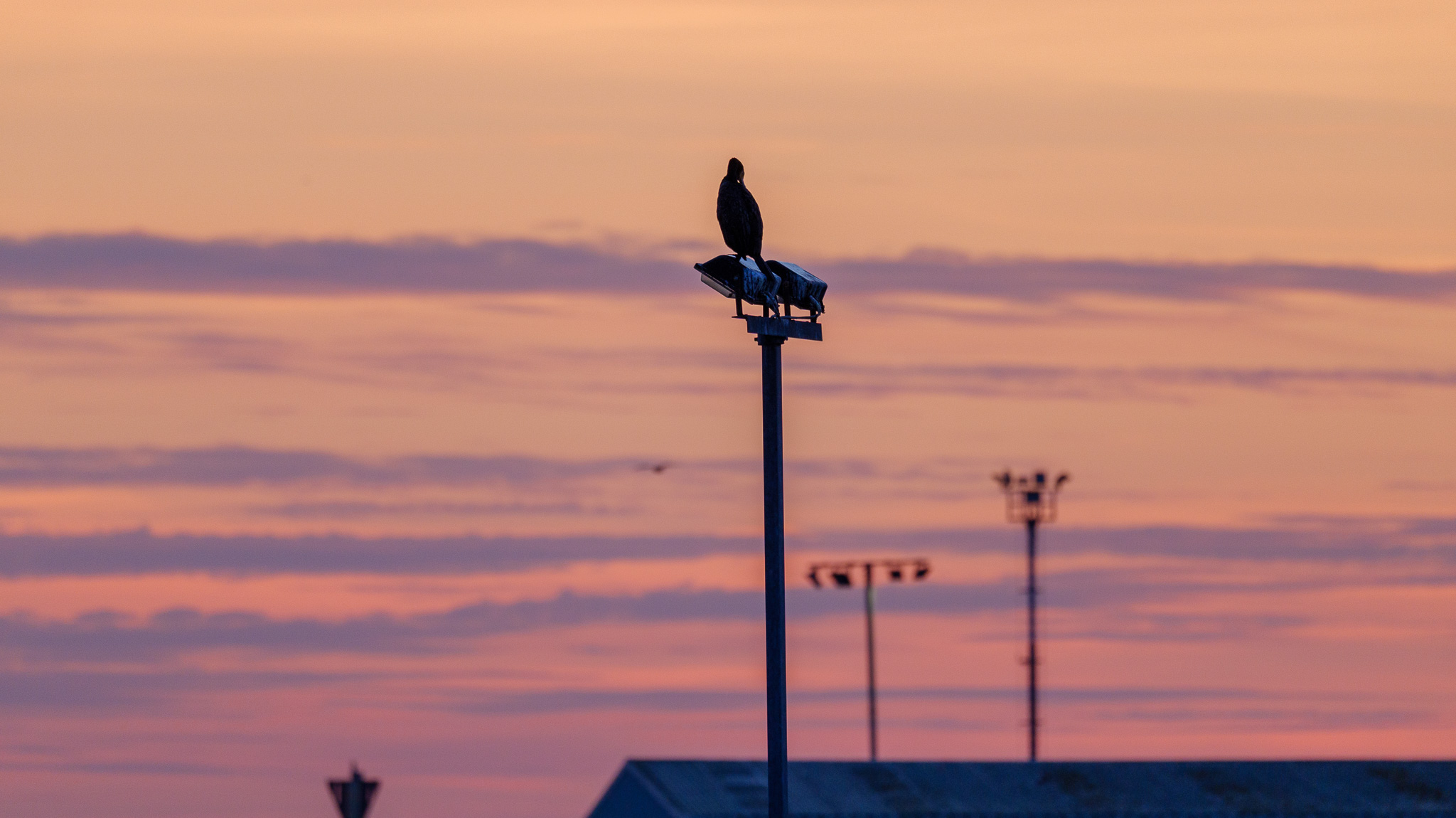


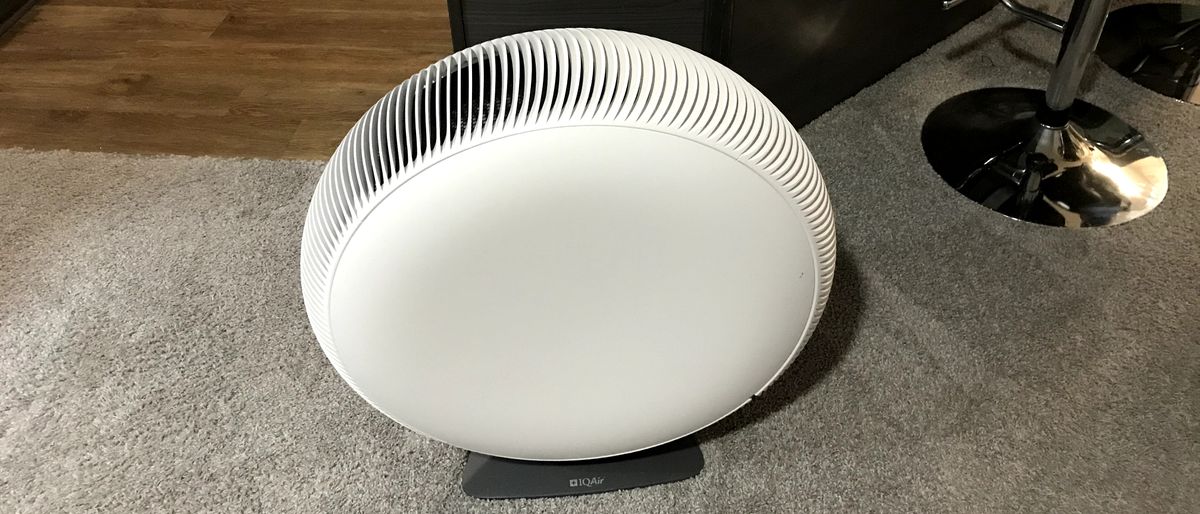
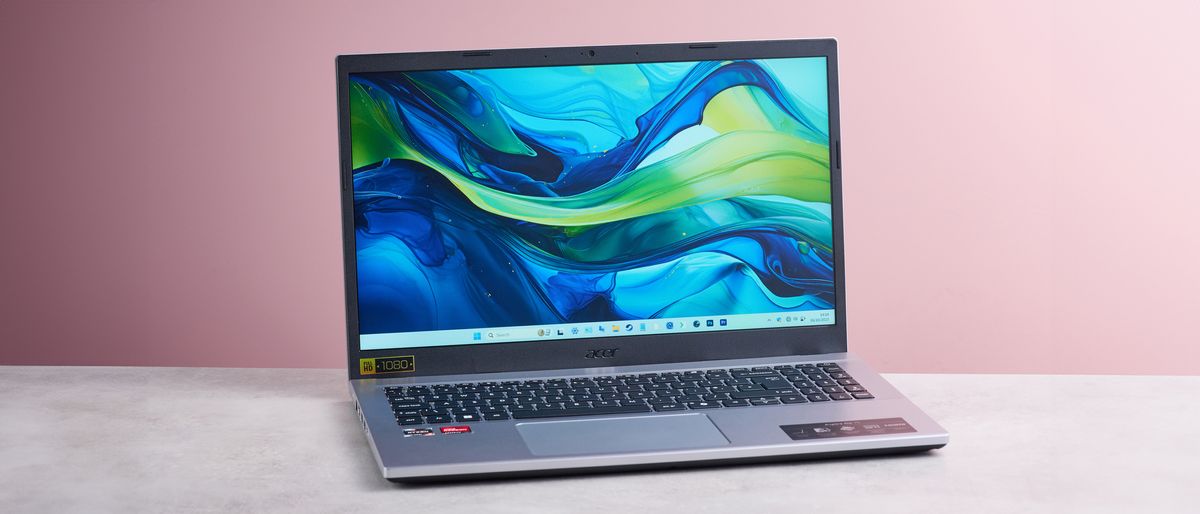






 English (US) ·
English (US) ·